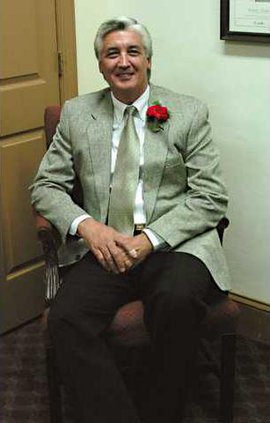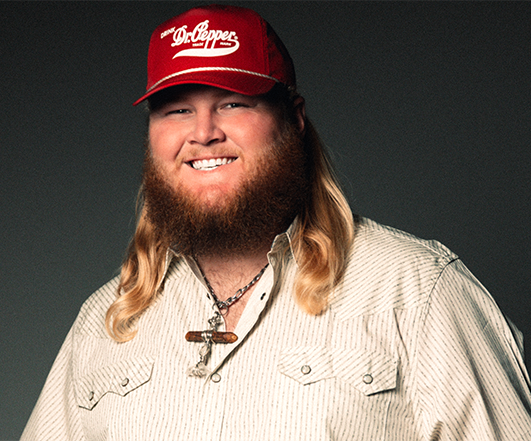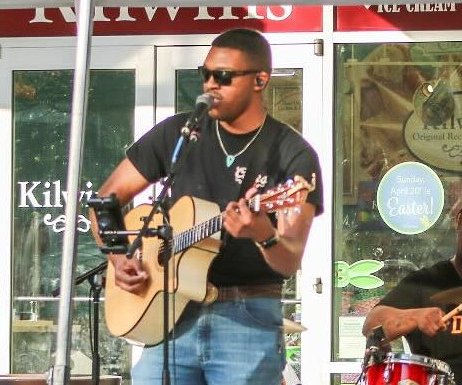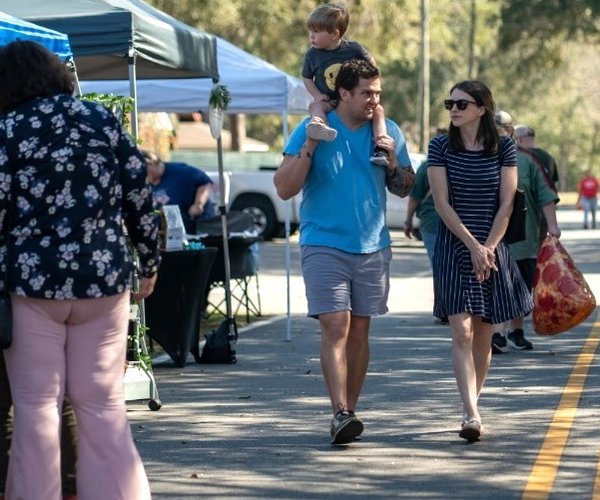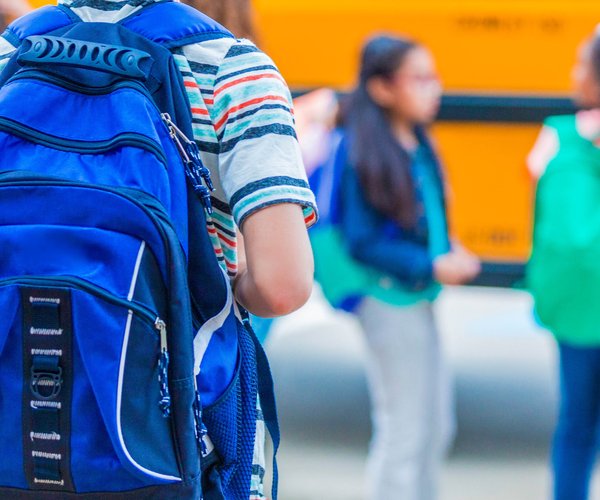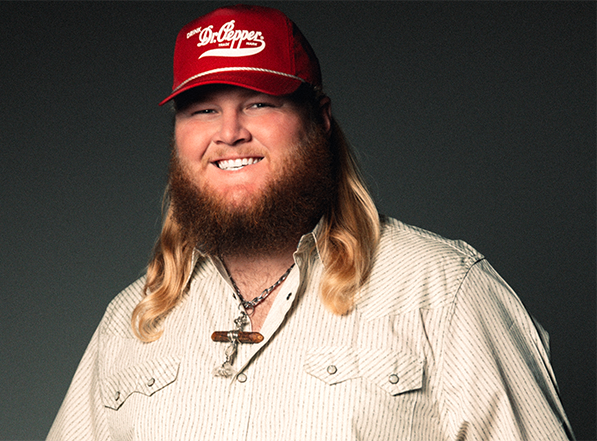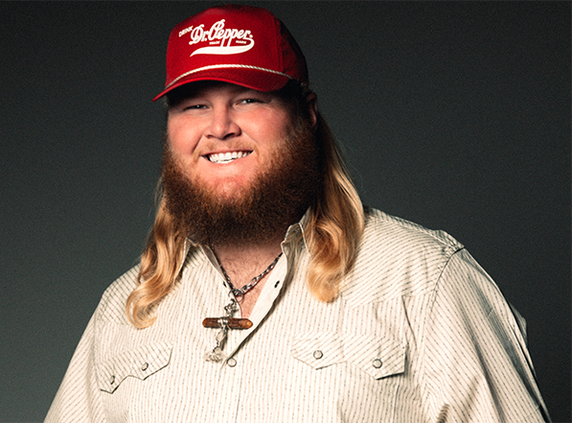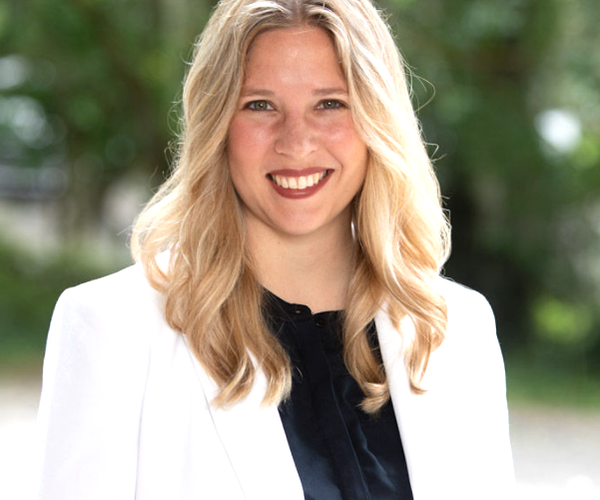Teachers at Ebenezer Middle School are planning a bone marrow donor drive on Thursday from 11 a.m.-7 p.m. at the school for a fellow teacher.
The drive is to help find a potential donor for Anthony Mastrianni, a math teacher at EMS, who is in need of a bone marrow transplant.
Those who attend will be placed on the national marrow donor program list.
Monica Mastrianni, Anthony’s wife, thanked everyone for their support.
“He’s at home and he’s doing fine,” she said. “He said all this is very humbling, and he is very touched by everyone’s concern.”
Tarsha Rivers said the first potential blood marrow donors sought are siblings but the chances of a match are still small.
“People don’t realize that it’s only about a 25, 30 percent chance that you will match them,” she said. “That 70 percent come to our registry hoping that there is someone on the registry that potentially matches with them that will commit to saving their life.”
Rivers said because the registry is national, it is regulated by the FDA. A bone marrow recipient can go through 250 units of blood, so some of Mastrianni’s former students who can’t be tested as possible bone marrow donors can still help. To be on the national bone marrow registry, donors must be 18 years old.
“These 16- and 17-year-olds that may not be able to join our national registry can donate blood,” she said.
Bone marrow donors have to be between 18 and 60. They are removed from the registry on their 61st birthday, according to Rivers.
When a registered donor is identified as a potential match there are further screenings, and a complete physical to verify that the donor is physically able to donate. Donors are not required to go to the location of the recipient.
Rivers said that in the first six months of searching the registry, only two of 10 patients will receive a transplant. There are more than 6,000 patients searching the registry for a match every day.
Cheek swabs are taken for testing. The cost to join the registry is $25. Because of the need for minority donors, there are grant funds to cover the registry cost for donors of racial and ethnic minorities.
“People ask, ‘why is there a cost to help someone else,’” Rivers said. “I tell people, ‘it’s kind of like paying car insurance. You pay every six months or you pay every year just in case something happens, but you make sure you pay it because you want it to be there if you ever need it.’ And it takes money to do all the typing of this the repositories, to have these donor centers available, to answer questions, to follow up with the patients.”
She said it’s a minimal cost compared to what it would be privately.
“If you had to get typed in a hospital, it’s very, very expensive, because they’re needing the results right away,” Rivers said. “I’ve seen it go up into the thousands for a person.”
She said a pregnant mother discovered her child needed a transplant, and the mother and her husband were tested. The expectant mother’s amniocentesis was $30,000.
“When you do it this way, if you know someone ever in need, you can contact our donor center and say I have a family member or friend that’s in need,” Rivers said. “You verify your information, can you send me my HLA type.”
She said a donor can then take the HLA type to the doctor and find out if they are a match for the person they know who needs a transplant.
Rivers said the percentage of people who receive a transplant in the first six months is very low. Only 17 percent in the African American community, 19 percent in the American Indian, 25 percent Asian, Native Hawaiianer and Pacific Islander, 39 percent Caucasian, and 45 percent Hispanic will receive a transplant in the first six months after searching the registry for a donor.
“We’re continuing to grow,” Rivers said. “I can’t wait to that point where we can meet the needs of those 10,000 patients who are told they need a match because only 3,000 of them will have a match with their near family. The other 7,000, I just can’t wait till we get to that point to help them.”
There were 4,000 transplants done last year using donors from the national registry.
More information on the registry is available at marrow.org.

